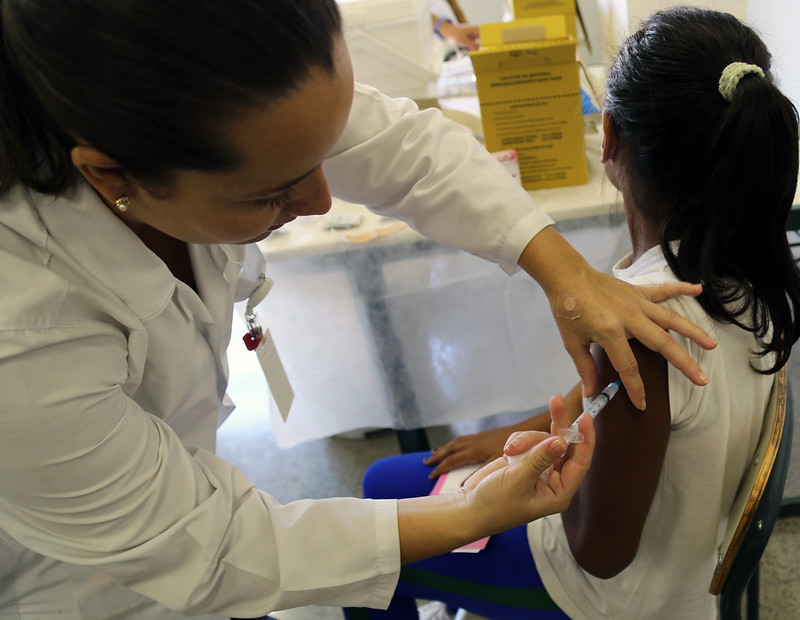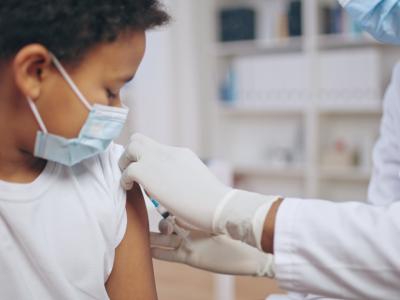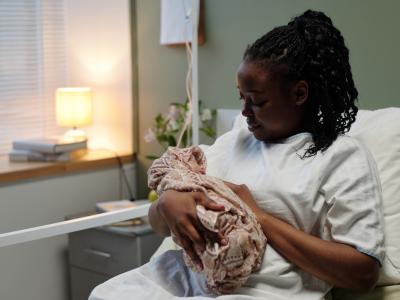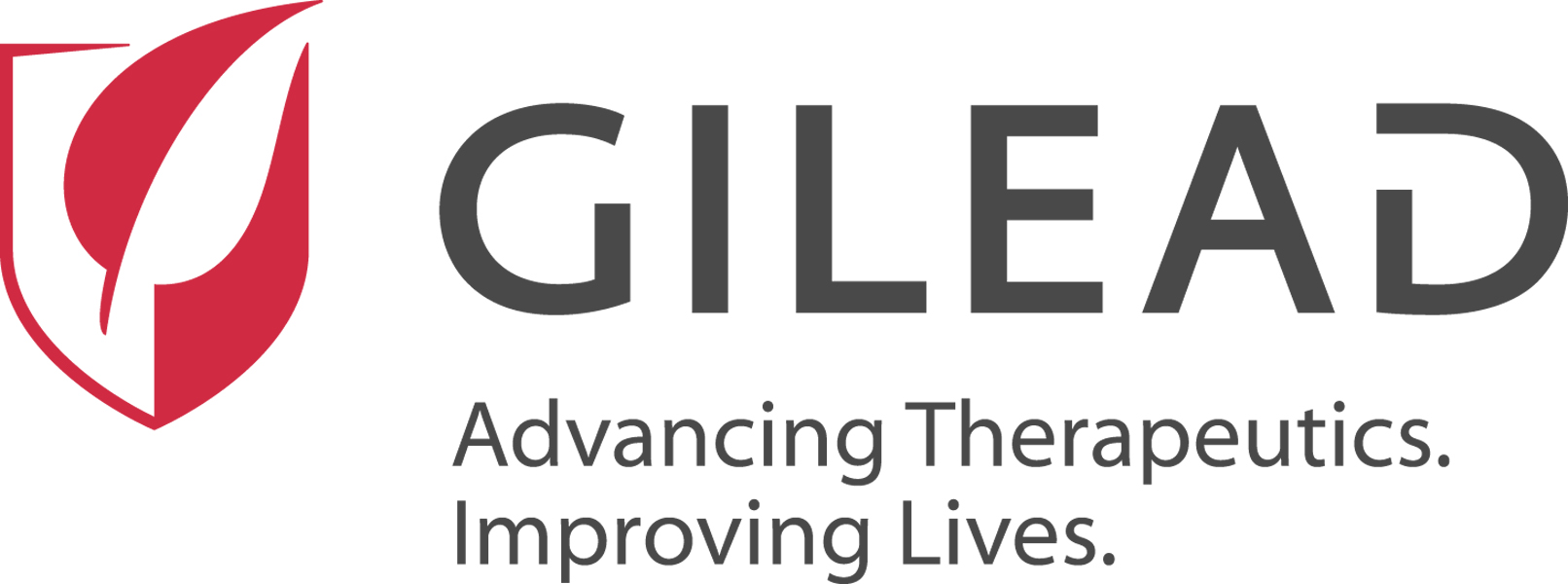
New survey data from the Centers for Disease Control and Prevention (CDC) shows that uptake of two vaccines routinely recommended for teens increased last year, while coverage with another recommended shot remained flat.
The data from the 2024 National Immunization Survey-Teen, published yesterday in Morbidity and Mortality Weekly Report, show that, among 16,325 US adolescents aged 13 to 17 years, coverage with more than one dose of the tetanus, diphtheria, and acellular pertussis (Tdap) vaccine increased from 89.0% in 2023 to 91.3% in 2024. Coverage with one or more dose of the quadrivalent (four-strain) meningococcal conjugate vaccine (MenACWY) rose from 88.4% to 90.1%.
Coverage with one or more Tdap dose was 90% or higher in 39 states, while coverage with one or more MenACWY dose was 90% or higher in 30 states. The survey also found that coverage with other recommended and catch-up vaccines increased in 2024, including the meningococcal group B vaccine (up 4.5 percentage point among 17-year-olds); the measles, mumps, and rubella vaccine (a 1.3-percentage-point increase in 13- to 17-year-olds with 2 or more doses); and the hepatitis B vaccine (a 1.3-percentage-point increase in teens with 3 or more doses).
"These findings highlight progress in public health activities to improve vaccination coverage," CDC researchers wrote.
Uptake of HPV vaccine stalled
Human papillomavirus (HPV) vaccine coverage among teens remained unchanged for the third straight year, however, with 78.2% having received one or more doses and 62.9% reporting they were up to date with the HPV vaccine. Coverage with one or more HPV vaccine doses was 80% or higher in 26 states and the District of Columbia.
The researchers also noted that, for the previous 9 years, HPV vaccine coverage has been lower among teens living in mostly rural areas compared with those in mostly urban areas. In addition, teens living in mostly rural areas were less likely than those in mostly urban areas to receive an HPV vaccine recommendation from a provider.
"Using these insights, health departments can work with health care providers and communities to improve local vaccine access and increase adolescent vaccination coverage," the authors wrote.











